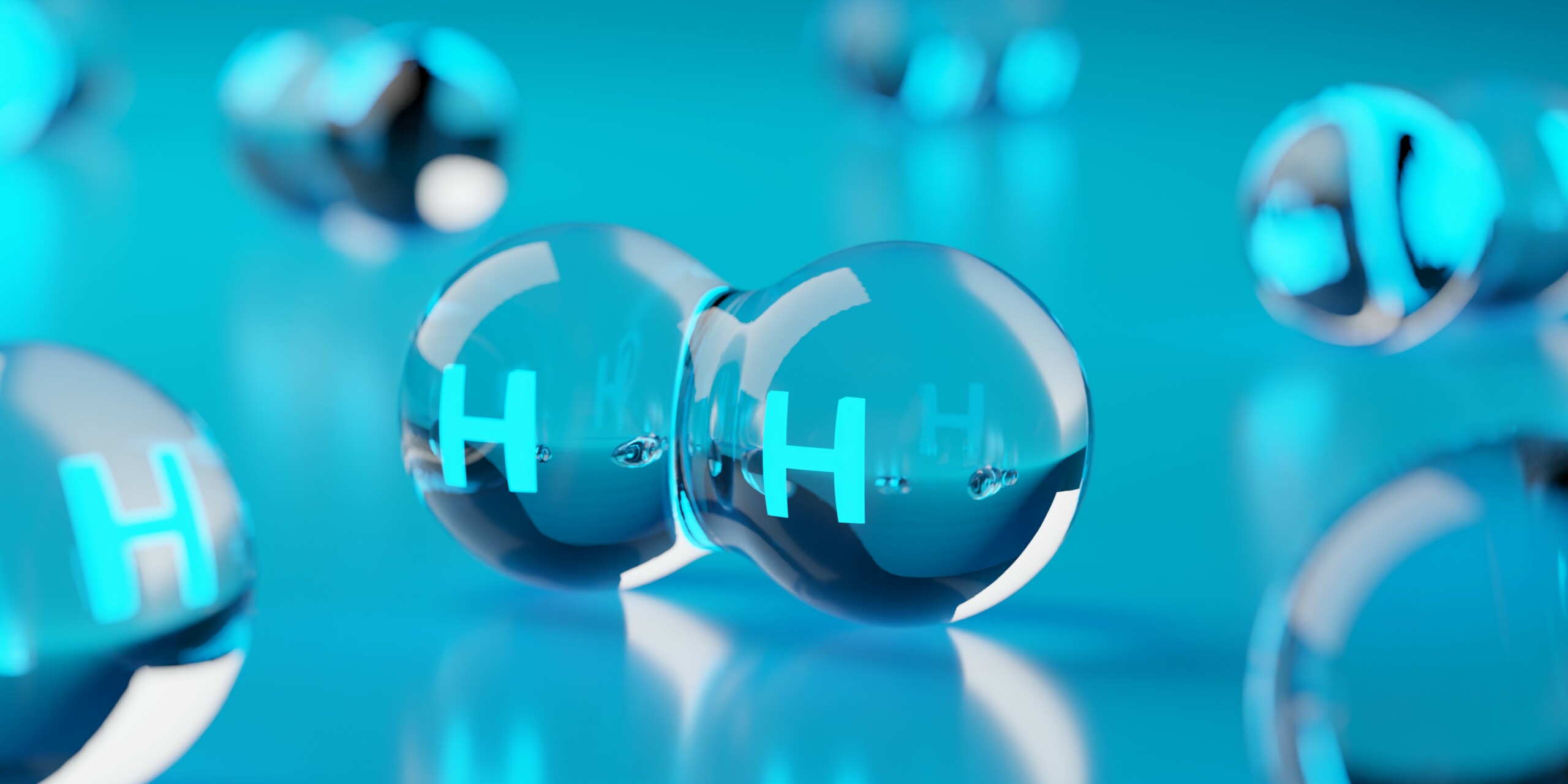NEWS & INSIGHTS | Opinion
The role of hydrogen to power in the UK energy transition

And more net zero technology news
Chief technology officer Luca Corradi and his team monitor the global net zero landscape closely, following the trends, policies, investments and technology innovations that get the world closer to its shared climate goals. Learn more about our horizon scanning service. This week, Luca and team share a recent report from DESNZ on a hydrogen-to-power business model, news about the UK’s first ever carbon capture permit, and an update on Phase 1 of MayGen’s tidal energy project.
UK’s Department for Energy Security and Net Zero introduces hydrogen-to-power business model
Achieving clean power by 2030 will rely on an increasingly renewables-led system. The UK’s Department for Energy Security and Net Zero recently published its response to consultation on the need, and design, for a hydrogen-to-power market intervention. Keeping the system balanced will require accelerated deployment of low carbon flexible power including hydrogen to power (H2P) which converts low carbon hydrogen into low carbon electricity, power with carbon capture, utilisation and storage (CCUS), and long duration energy storage (LDES). NESO estimates the GB electricity system could need 40-45GW of long duration flexible capacity by 2030.

H2P will be a key low carbon flexible technology in delivering and maintaining a clean power system. It has an important role at a range of scales to reduce reliance on intermittent renewables, provide low carbon inter-seasonal storage, replace unabated gas, and complement shorter duration flexible technologies such as batteries. As a form of dispatchable and synchronous generation, H2P can support the stability and voltage of the grid in a similar way to unabated gas plants, ensuring the grid remains secure. H2P can also support the development of the hydrogen economy by providing demand certainty.
In recognition that current market conditions would limit H2P plants, the government has committed to introducing a “hydrogen-to-power business model” (H2P BM) to support H2P deployment. The H2P BM will be based on a dispatchable power agreement (DPA). They will also enable H2P to participate in the current Capacity Market as soon as practical. Read the DESNZ report here.
NSTA awards first ever UK carbon storage permit to Endurance
The North Sea Transition Authority (NSTA) has awarded the first ever UK carbon storage permit to Endurance, located off Teesside on England’s east coast. Alongside the permit, DESNZ awarded an economic licence to Net Zero North Sea Storage that will unlock £4bn of supply chain contracts, drive investment in innovative technology and industries and bring 2,000 jobs to the North East. This follows a recent government announcement of £21.7bn investment into carbon capture and storage projects.
The permit alongside the licence allows Net Zero North Sea Storage Limited, an incorporated joint venture between BP, Equinor, and TotalEnergies, to start installing infrastructure on the site. It is expected to serve carbon capture projects in Teesside — NZT Power, H2Teesside and Teesside Hydrogen CO2 Capture. First injection is allowed by 2027 with a permitted injection rate of 4 million tonnes per annum. Averaged over 25 years this could reach a total of 100 million tonnes, equivalent to taking 58.8 million cars off the road for a year.
Read the full news release from the NSTA here.
Phase 1 of MeyGen tidal now fully operational
Phase 1 of the MeyGen tidal energy project has reached full operational capacity at 6MW following the deployment of its 4th 1.5MW turbine. MeyGen is located between Scotland’s north coast and the island of Stroma and is the largest planned tidal project in the world. 43% of the project’s capital expenditure was in Scotland, with 55% of the project’s operational expenditure sourced locally. The project has been operational since 2018 and has generated 70GWh of power as of November 2024. Phase 1 demonstrates the development of tidal arrays is both commercially viable and technically feasible.
In Allocation Round 6, MeyGen Phase 2 was awarded a Contract for Difference (CFD) to bring the total secured contracts up to 59GW. Discussions are underway on the turbine supply for future phases with Proteus Marine Renewables (PMR). PMR alongside its partners SKF Marine and GE Vernova are developing a 3MW turbine which could be used for phase 2. Further phases of the project will build out to a total of 398MW.
Read MeyGen’s project overview here.
UpLink and KSA announce winners of carbon capture and utilisation challenge
UpLink and the Kingdom of Saudi Arabia (KSA) have announced the winners of their carbon capture and utilisation challenge. The challenge provides targeted support, exclusive networks and funding for innovative start-ups from across the globe working on industrial carbon capture and utilisation technologies.
More details including the 11 winners can be found here
Season’s greetings from Luca and team
The NZTC technology services team will be taking a short break to celebrate the holiday season. They’ll be back in 2025 with the latest net zero news from around the UK and beyond.

Our horizon scanning service helps you keep up to date with net zero technology advancements, investments and policies. Learn more about horizon scanning.
Subscribe for the latest updates




